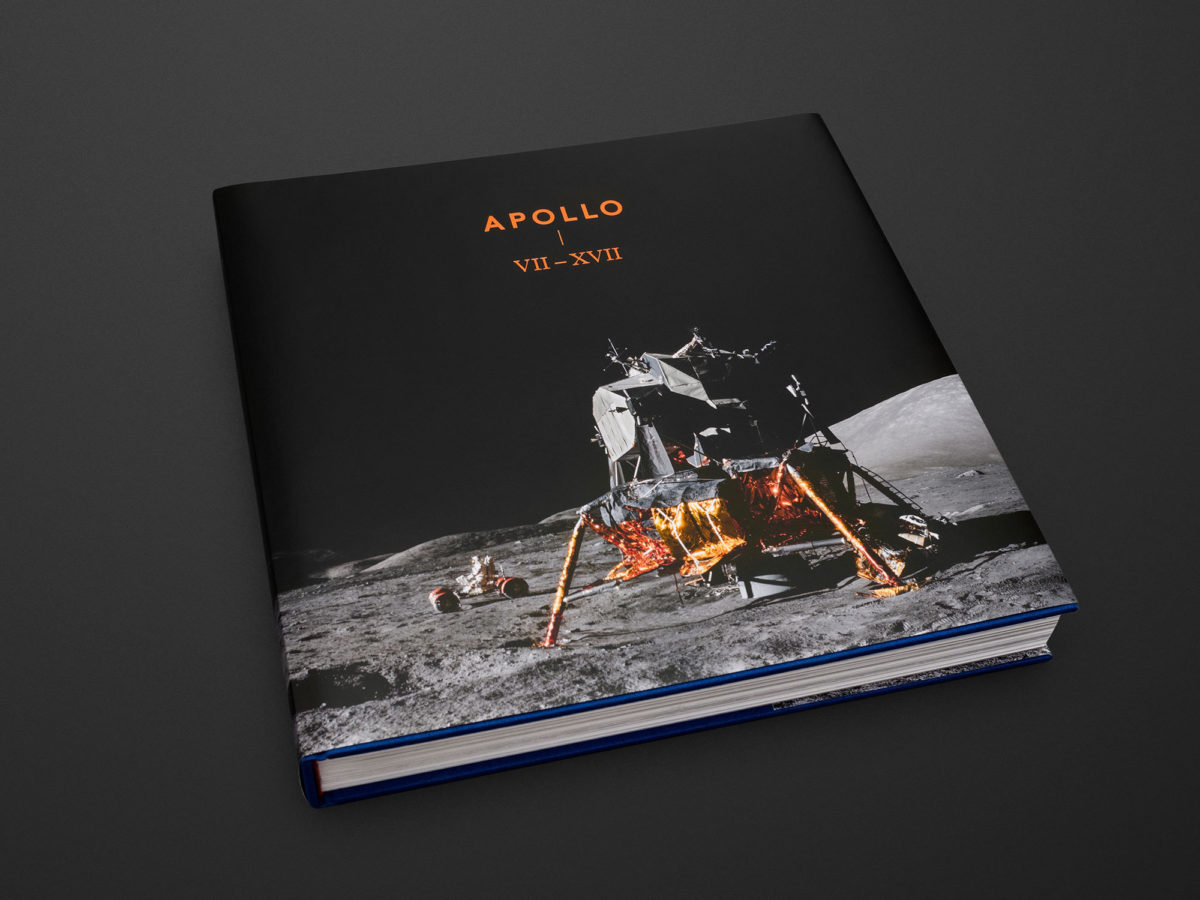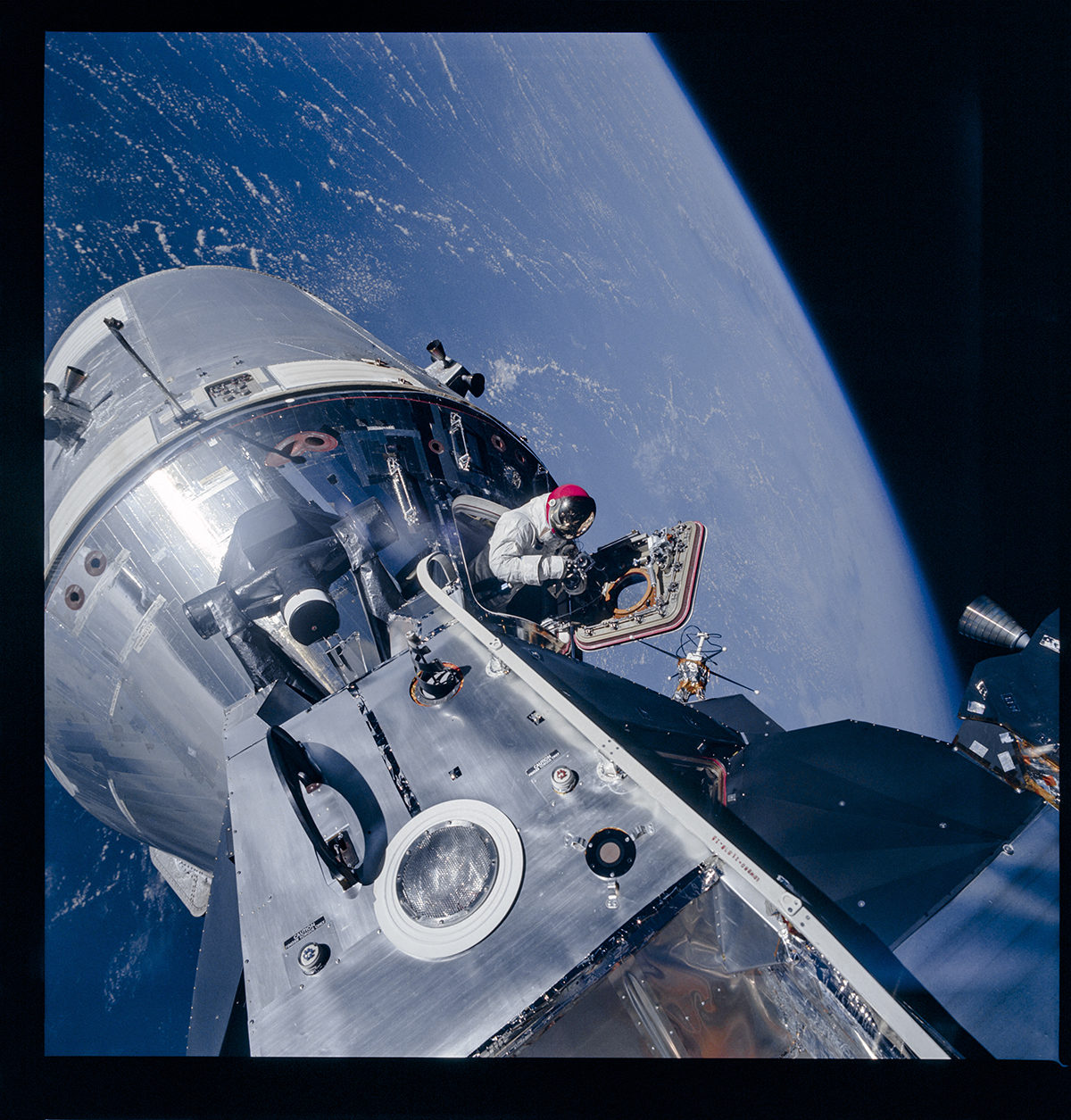Jason Davis • Dec 05, 2016
Review: New book brings artistry of Apollo photos to your living room
From 1968 through 1972, 33 humans flew into space as part of NASA's Apollo program. Just a dozen would end up walking on the moon.
Pulling off one of humanity's most prestigious accomplishments required these astronauts to learn a variety of trades. Through a combination of crash courses and formal academics, they became pilots, engineers, scientists and more.
Of lesser mention in the history books is the fact that the astronauts were also trained as professional photographers. Engineers back on Earth used photos to better understand how their hardware was working in space. Mission planners needed sharp views of future landing sites. And scientists wanted all the moon imagery they could get: craters, rilles, mountains, lava plans, and any other interesting things the astronauts came across on the surface.
NASA also knew the astronauts' photos would become some of the most iconic images in history. Richard Underwood, who worked for the agency's photographic technology laboratory, summed up the public relations aspect of the snapshots like this:
"When you get back … you will be a national hero. But your photographs … they will live forever. Your only key to immortality is the quality of your photography."
That quality is on display like never before in the new book "Apollo VII - XVII: A collection of photographs taken by NASA’s Apollo program astronauts 1968 - 1972," by Floris Heyne, Joel Meter, Simon Phillipson and Dealen Steenmeijer. The authors, who work at a small ad agency in Amsterdam, used Kickstarter to raise 30,000 euros for the project starting in March 2016.
Phillipson tells me orders of the book are set to ship worldwide during the last three weeks of December. (If you're looking for a holiday gift, delivery is likely—but not guaranteed—by December 25.)
The authors of Apollo had long searched for a coffee table book focusing on the astronauts' artistic merits, rather than reproducing only the more widely distributed pictures. Phillipson said the closest match thus far has been Full Moon, published in 1999 by Michael Light and Andrew Chaikin.
In 2015, after the Apollo historian Kipp Teague began uploading new, unprocessed versions of original Apollo photo scans to Flickr, the Amsterdam team became inspired to produce their own coffee table book. The result is a beefy, 6-pound tome measuring a foot on each side, filled with 225 toned and retouched photographs from Apollo 7 through 17.
During a recent get-together at my house, I left my Apollo review copy sitting on the coffee table. Two friends—one, an artist, and the other, a book designer—agreed the book is wonderfully done. We spent a good 20 minutes leafing through the pages, marveling at the images—some of which have never been printed until now, according to the authors.
My favorite shots include images from Apollo 15, where the varied terrain of the Apennine mountains and Hadey Rille are displayed in full-spread panoramas. I also love the pictures of the lunar module in Earth orbit during Apollo 9, and a full-disc moon shot taken during Apollo 13.
The latter shot speaks volumes. By the time it was taken, astronauts Lovell, Swigert and Haise had flown their wounded Apollo spacecraft around the moon and were heading back to Earth. Their chance to land on the surface was long gone, and the moon was receding slowly back into the blackness of space. Whether or not the crew would even survive their ordeal was still unknown.
The stories and notes accompanying each mission are equally entertaining, and do much to humanize the astronauts. Alan Bean's camera mishaps—in which he ruined a video camera by pointing it at the sun, before leaving several rolls of exposed film on the surface—are mentioned. In the Apollo 10 section, Gene Cernan agrees it was a good idea for NASA to short-fuel the lunar ascent module to prevent the crew from landing: "Don't give those guys an opportunity to land, 'cause they might!" There's also a fun recollection about John Young and Charlie Duke's "Lunar Olympics" during Apollo 16.
Following the photo section is a feature on the equipment and techniques the astronauts used to capture the images. Apollo photography was no trivial matter. The astronauts trained extensively on how to frame, focus and set exposure levels using specially modified Hasselblad cameras. The cameras were custom-built for users with bulky spacesuit gloves, and had to be hardened to withstand the dusty vacuum of the lunar surface. To hone their photography skills, many astronauts carried around Hasselblads before their missions, snapping pictures from their training jets and capturing moments with friends and family.
Apollo begins with an introduction from astronaut Walt Cunningham, which describes the evolution of space photography through NASA's Mercury, Gemini and Apollo programs. There's also a fold-out reproduction of the lunar "targets of opportunity" map from Apollo 11.
At 95 euros (includes free worldwide shipping), Apollo is pricey, but worth it. Some extra nice touches include a "NASA blue" cloth cover with the title stamped in gold, and a full-color book jacket. It's also hard to beat the hypnotic smell of the printed pages, along with the tactile sense of flipping through the photos.
Apollo would make a great addition to the office or living room of any space fan.
Let’s Go Beyond The Horizon
Every success in space exploration is the result of the community of space enthusiasts, like you, who believe it is important. You can help usher in the next great era of space exploration with your gift today.
Donate Today

 Explore Worlds
Explore Worlds Find Life
Find Life Defend Earth
Defend Earth




